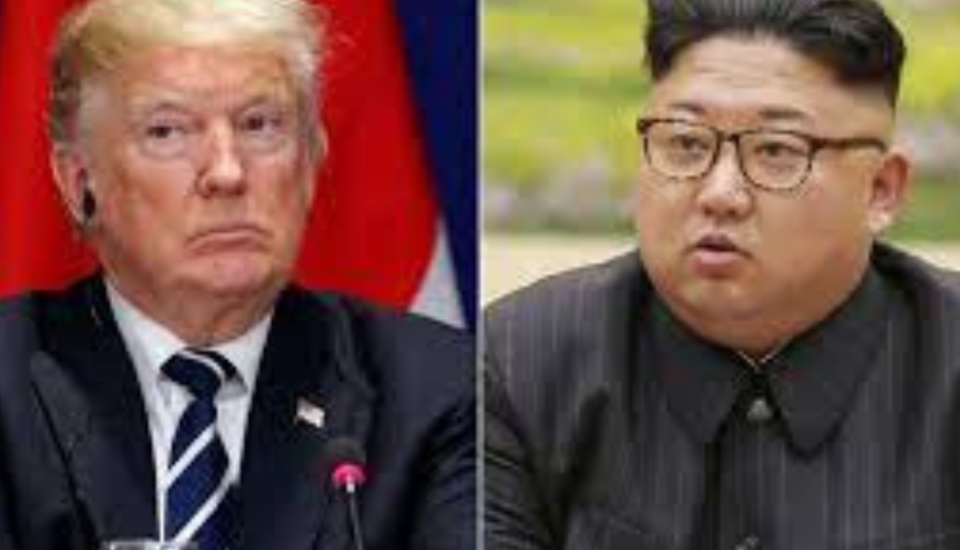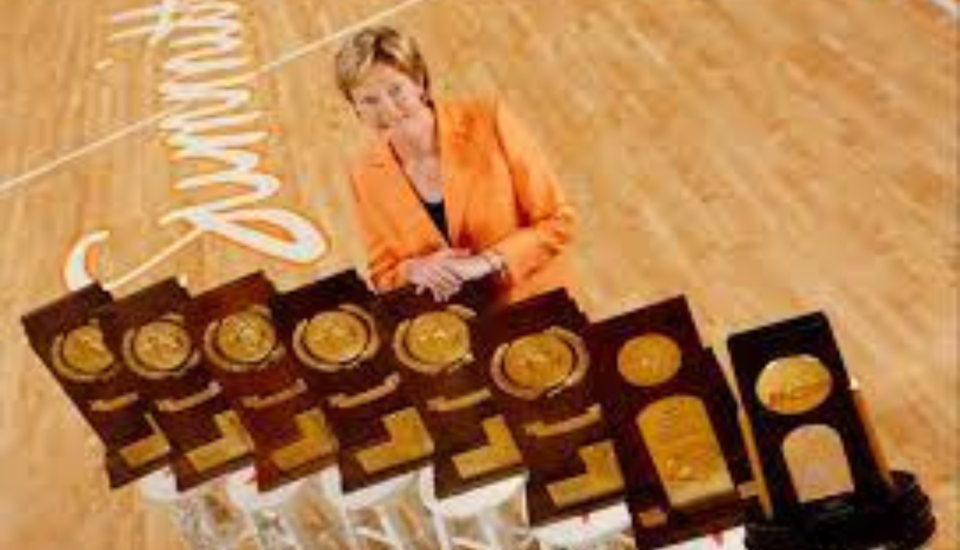
Are you ready for changes in 2019? If you are like most organizations, the answer is probably ‘no.’ Yet, today’s challenges require a different approach. In fact, businesses fight to survive in severe economic conditions. Shareholders replace CEOs like they change defective light bulbs. It is frequent and unpredictable. In hopes of salvaging the latest struggling organization, executives usually implement quick solutions by cutting costs (which translates to mean people) and attempting to stop the hemorrhaging through technology. Yet, can today’s managers continue to do the same things and expect different results?
Sadly, some managers foolishly rely solely on their experience to read market changes. Yet, the current market isn’t like the past! In many situations, managers are equipped to deal with the predictable. Change that is either planned or incremental is addressed with a risk management approach. However, disruptive change is the hallmark of today’s markets. Disruptive change is sudden and unpredictable. Therefore, experience becomes a liability, not an asset. Organizations, using the old mode of operations, find themselves vulnerable. Established institutions fail. Unknown companies emerge to dominate new sectors. Clayton Christensen, author of Innovative Dilemma, attributes this phenomenon to disruptive innovation. Therefore, survival depends on understanding the current markets and future trends.
Most organizations need strategic leaders to oversee disruptive changes. Strategic thinking represents a different solution for contemporary managers. Strategic thinking is more than careful planning of the organization’s work. Strategic thinking consists of two components, which are knowledge about the present and foresight about the future. Charles Handy, author of The Age of Unreason, argues “Discontinuous change requires discontinuous thinking. If the new way of doing things is going to be different from the old, not just an improvement on it, then we shall need to look at everything in a new way.” Watt Wacker, Jim Taylor, and Howard Means, leadership gurus, suggest a visionary leader with the capacity of ‘living in the present’ while ‘living in the future.” Therefore, duality becomes a critical attribute of exemplary leaders in disruptive environments.
In summary, disruptive change is creating problems for most traditional organizations. Strategic leaders are needed. Clearly, strategic thinking is different than routine planning of an organization. Unfortunately, some managers are unaware how this process can assist them in being competitive. Since contemporary organizations can no longer use outdated methods and cookie cutter solutions in this disruptive environment, managers must reexamine their operations. In fact, leaders must be flexible to sudden market changes. Therefore, effective organizations go beyond detailed planning to strategic thinking.
Please share your ideas on this topic.




